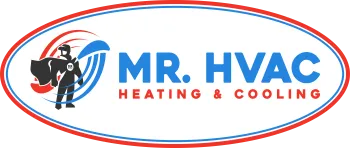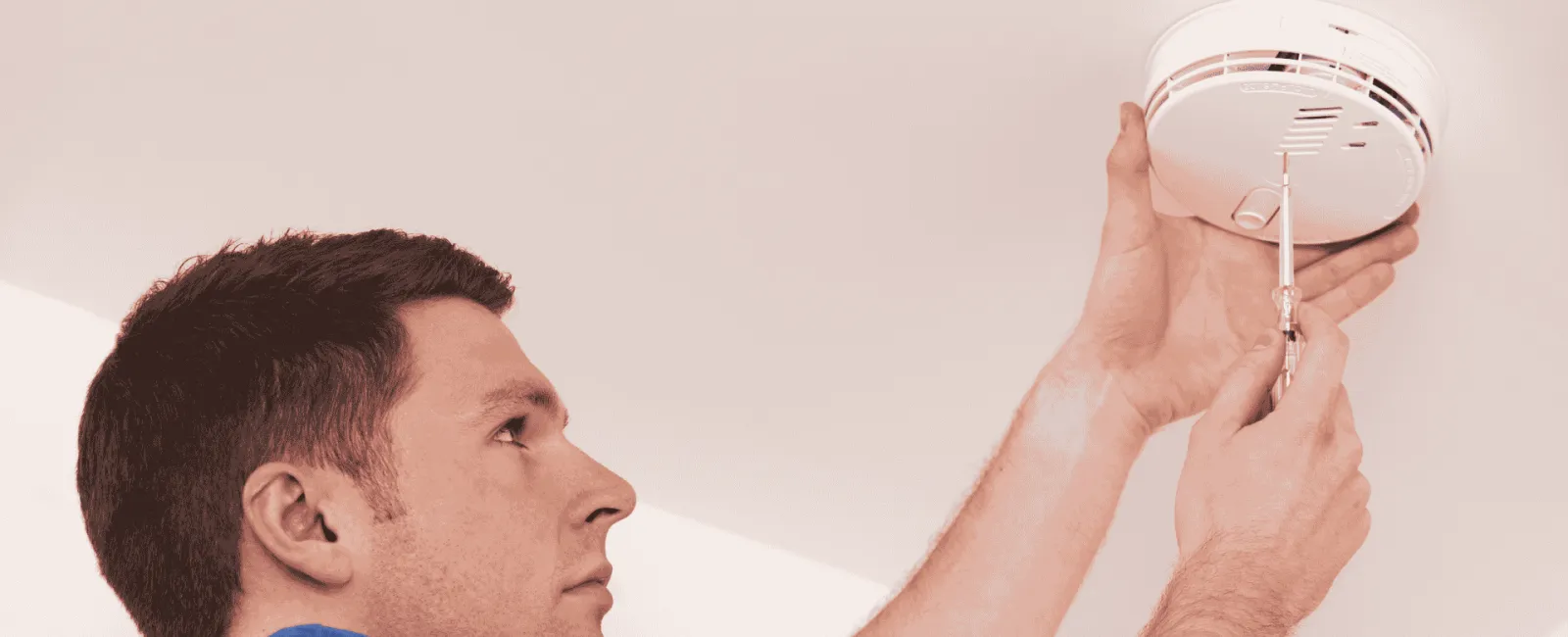Your furnace keeps your family warm, but a malfunctioning system can become a deadly threat. Carbon monoxide from furnaces is colorless and odorless and can cause severe illness or death. Knowing how to identify the warning signs can save lives.
Can a Furnace Leak Carbon Monoxide?
Yes. Gas furnaces produce carbon monoxide as a natural byproduct of burning fuel. In a properly functioning system, CO is vented safely outside through the flue pipe. When something goes wrong, that deadly gas escapes into your home instead.
The most common cause is a cracked heat exchanger. This component separates the combustion chamber from the air in your home. Metal fatigue, overheating, or corrosion creates cracks that allow carbon monoxide to leak into your ductwork and spread throughout your house.

Physical Warning Signs Your Furnace Is Leaking Carbon Monoxide
Your furnace often shows physical signs before CO affects your health:
- Yellow or Orange Pilot Light: A healthy pilot light burns blue. Yellow, orange, or flickering flames indicate inefficient burning and excess carbon monoxide production.
- Soot or Staining: Black, brown, or yellow stains around your furnace, vents, or flue pipe signal incomplete combustion and elevated CO levels.
- Rust on Vent Pipe or Furnace: Corrosion creates holes or cracks that allow carbon monoxide to escape.
- Pilot Light Won't Stay Lit: A pilot that constantly blows out indicates venting issues that can cause CO buildup.
- Excessive Condensation: Heavy moisture on windows near your furnace suggests improper venting.
- Burning Smell: Although CO is odorless, furnaces that produce it often have combustion problems, which can create unusual odors.
If you spot any of these signs, schedule a professional furnace inspection immediately.
Symptoms of Carbon Monoxide Poisoning from Furnaces
Carbon monoxide poisoning often mimics the symptoms of the flu. Severity depends on CO concentration and exposure time.
Early Warning Symptoms:
- Dull headache
- Weakness or fatigue
- Dizziness
- Nausea or vomiting
- Shortness of breath
- Confusion
Severe Symptoms:
- Severe chest pain
- Rapid breathing
- Blurred vision
- Loss of consciousness
- Seizures
Key clue: If multiple people experience these symptoms simultaneously during heating season, and symptoms improve when leaving the house, your furnace may be leaking carbon monoxide.
If you suspect CO poisoning, get outside immediately and call 911.
What Causes a Furnace to Leak Carbon Monoxide?
Cracked Heat Exchanger: The leading cause. Cracks develop due to age, overheating caused by restricted airflow, or repeated cycles of expansion and contraction.
Blocked Flue Pipe: Debris, bird nests, or ice block the vent, causing CO to backdraft into your home.
Dirty Air Filters: Clogged filters restrict airflow, causing the heat exchanger to overheat and crack.
Poor Ventilation: Inadequate airflow leads to incomplete combustion and higher CO production.
Lack of Maintenance: Furnaces without annual professional maintenance are far more likely to develop safety issues.
Improper Installation: Incorrect installation can lead to venting problems that increase the risk of CO leaks.
How to Prevent Carbon Monoxide Leaks from Your Furnace
- Install Carbon Monoxide Detectors: Place CO detectors on every level, especially near bedrooms. Test monthly and replace batteries every 6 months to a year.
- Schedule Annual Furnace Maintenance: Professional maintenance includes inspecting the heat exchanger, testing for CO, checking the venting system, and verifying safety controls.
- Change Air Filters Regularly: Replace filters every 1-3 months to prevent airflow restrictions and overheating.
- Keep Vents Clear: Don't block supply or return vents with furniture or storage items.
- Inspect the Flue Pipe: Check for rust, damage, or disconnection. Call a professional if you spot issues.
- Address Warning Signs Immediately: Strange noises, off-color pilot lights, or unexplained symptoms require immediate investigation.
When to Call a Professional
Contact an HVAC expert immediately if:
- Your CO detector alarms
- You notice physical warning signs on your furnace
- Family members have flu-like symptoms that improve when leaving the house
- Your furnace is over 15 years old without a recent inspection
- You've skipped annual maintenance
Protect Your Family from Carbon Monoxide
Carbon monoxide from furnaces is preventable. Stay vigilant for warning signs, maintain your heating system, and install quality CO detectors.
If your furnace hasn't been inspected in the last year or you've noticed warning signs, take action now. MR. HVAC's experienced technicians test for carbon monoxide, inspect critical components, and ensure your heating system operates safely.
Contact MR. HVAC today to schedule your furnace safety inspection and get complete peace of mind.

